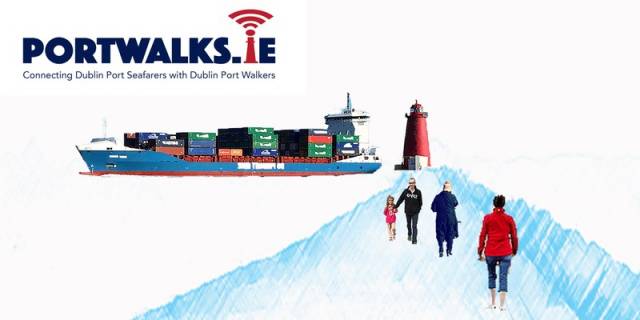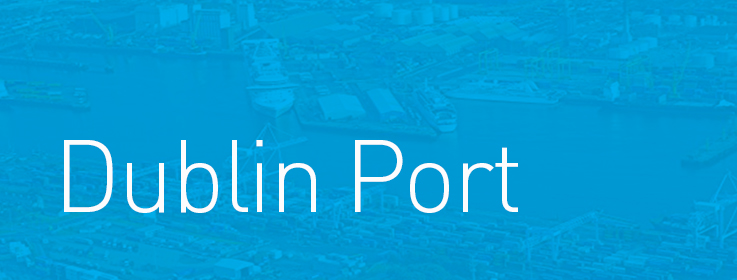
Dublin Port Riverfest Tall Ships to be Nautical Highlight of Crowded Bank Holiday Weekend
1st June 2017 Dublin Port
Eight Tall Ships Open to the Public As Dublin Port Riverfest Set to Attract Over 100,000 Visitors
30th May 2017 Dublin PortTransit Gateway Mapping Phase 4: Dublin Port from 1867 to 1897 Frenzy & Excitement
17th May 2017 Dublin Port

Cementing Relationships: Cargoship Trades on Former Ireland-UK Guinness Route
25th April 2017 Dublin Port

Closed Dublin Dry Dock’s Lead-In Jetty to Be Demolished As Part of ABR Project
4th April 2017 Dublin Port


Guided Walks This St. Patrick's Weekend: Dublin Port & Tales of Irish Emigration
16th March 2017 Dublin Port
Transit Gateway - Mapping Phase 2: Dublin Port from 1708 to 1785 / Walls of Protection
15th March 2017 Dublin Port




























































